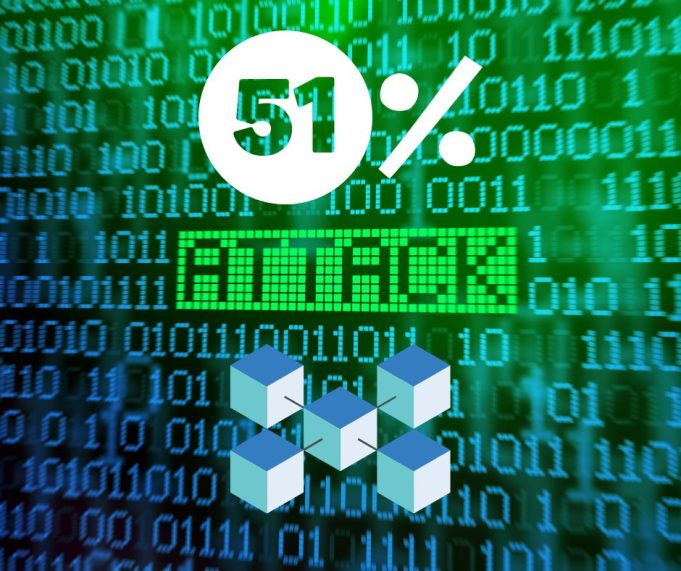A 51% attack – also known as a majority attack – is a potential attack on a blockchain network where a single entity or organization is able to control the majority of the hash rate, potentially causing network disruption. It is one of the biggest threats to the security and reliability of the blockchain-based systems because it could completely destabilize a network and potentially reverse transactions in the process.
The concept of a 51% attack arises from the decentralized and distributed architecture of the blockchain. On the one hand, it ensures that the Bitcoin protocol is being followed and that all network participants agree on the current state of the ledger. On the other hand, it also ensures that the hash rate is not concentrated in the hands of a single entity.
In order to understand the implications of a 51% attack, let’s explore the mining process. Mining involves the investment of huge amounts of electricity and computational resources to validate a new block of transactions. The miner who provides the correct block hash will be rewarded with newly generated bitcoins.
A 51% attack would allow the malicious entity to intentionally exclude or modify the ordering of transactions. They could also reverse transactions they made themselves while controlling the majority of the hashing power. Moreover, such an attacker would be able to prevent some or all transactions from being confirmed or from miners from mining. However, it wouldn’t allow them to reverse transactions from other users, change the block’s reward, create coins out of thin air or steal coins that never belonged to them.
Fortunately, the chances of a successful 51% attack on Bitcoin is very low because of its huge network size. Even if an attacker manages to overcome the rest of the network, the Bitcoin protocol could be quickly modified and adapted as a response to the attack.
Smaller cryptocurrencies, however, are more vulnerable to a 51% attack due to the lower amount of hashing power securing their blockchains. Monacoin, Bitcoin Gold, and ZenCash are some of the notable examples of cryptocurrencies that were victims of majority attacks.
To sum up, a 51% attack on an cryptocurrency is a very real threat since it could potentially destabilize a network, put the trustworthiness of the blockchain-based system into question, and reverse transactions. At the same time, the large network size of Bitcoin makes it unlikely for such an attack to come to fruition. Protecting smaller blockchains from 51% attacks is the crucial next step for the future of cryptocurrency as an investment and form of digital payment.













